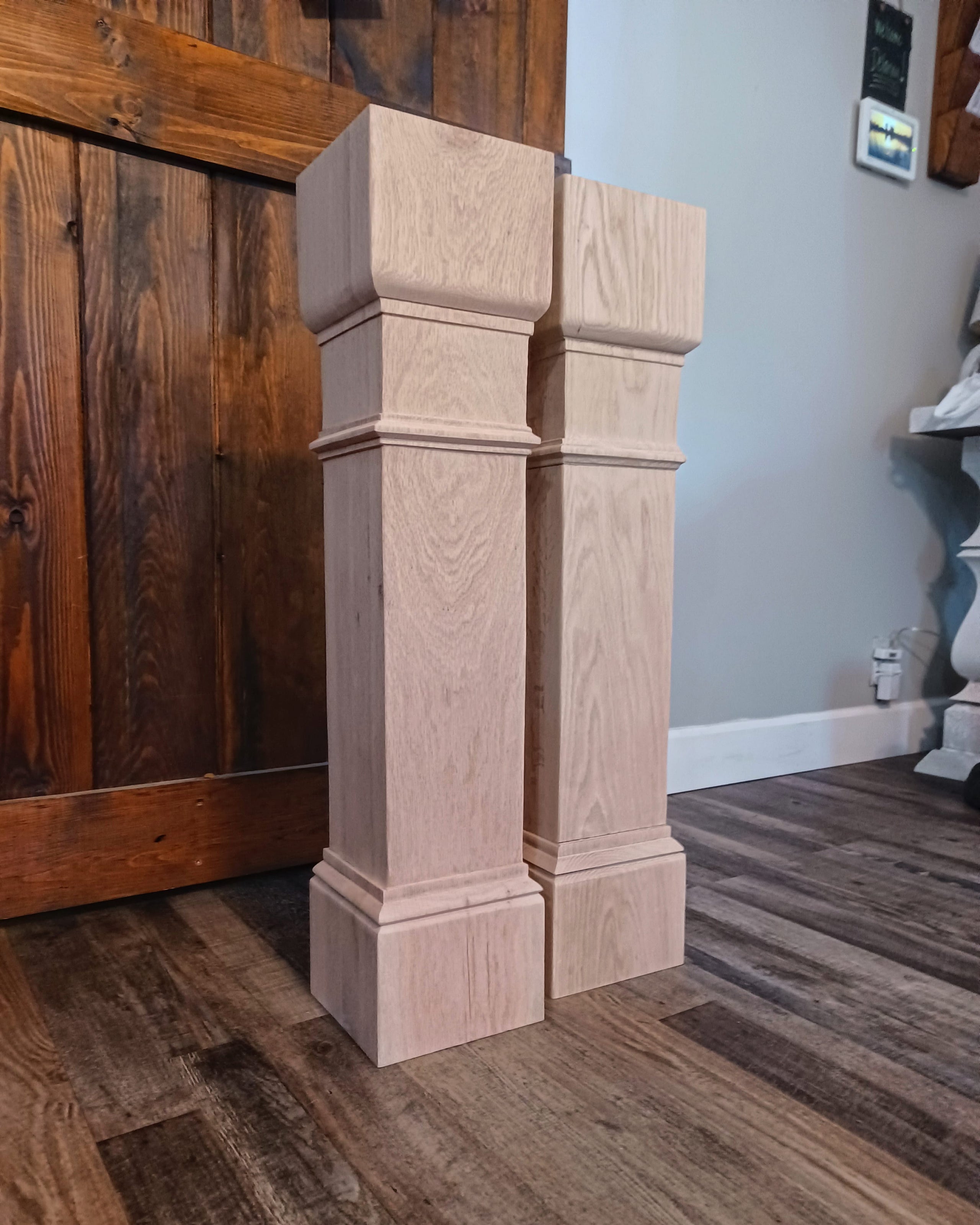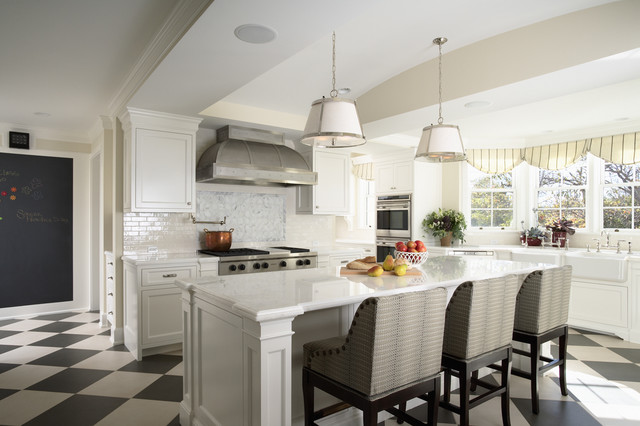Essential Aspects to Take Into Consideration When Selecting Legs For Cooking Area Island
Choosing the appropriate legs for a kitchen area island includes a cautious assessment of multiple factors that can dramatically influence both functionality and aesthetic charm. As we discover these components, it ends up being clear that each choice can have far-reaching effects for the total cooking area experience.
Product Options
When selecting legs for a kitchen island, recognizing the numerous material alternatives is crucial for achieving both visual charm and architectural integrity (Legs For Kitchen Island). The choice of product considerably affects not just the durability of the island however likewise its overall layout and performance
Metal legs, typically made from stainless steel or functioned iron, add a contemporary and commercial feeling while making certain sturdiness and security. These products are immune to put on and can support considerable weight, making them ideal for larger islands.
One more alternative is engineered products, like MDF or plywood, which can be much more cost-effective while still providing an array of surfaces. Nevertheless, they might not supply the very same level of stability as solid wood or steel. Materials such as acrylic or glass can create a contemporary look, though they might need additional support to make certain security.
Eventually, the choice of product for kitchen island legs need to align with the desired capability and the general theme of the kitchen area.
Design And Style

When taking into consideration style, the shape and surface of the legs are essential. Tapered legs can offer a feeling of lightness and sophistication, while thicker, more durable legs can share toughness and security. Furthermore, the surface-- be it repainted, tarnished, or all-natural-- should complement the kitchen cabinetry and kitchen counter materials to create a unified look.
Moreover, the style of the legs can additionally show individual preference. Custom-made or attractive legs, such as those featuring complex carvings or one-of-a-kind geometric forms, can function as focal points, adding personality and personality to the kitchen. Inevitably, the ideal choice will certainly not only boost performance yet also elevate the aesthetic appeal, making the kitchen island a standout function of the home.
Elevation Considerations
Choosing the ideal elevation for cooking area island legs is crucial, as it directly impacts both performance and convenience. The conventional height for a kitchen island generally ranges from 36 to 42 inches, straightening with usual countertop heights. A 36-inch height is optimal for food prep work and food preparation, permitting comfy use cooking area devices and devices. Conversely, a height of 42 inches is commonly Our site preferred for islands planned for bar seating, suiting taller feceses and using a laid-back eating experience.

It is also necessary to represent users' choices and elevations. Tailoring the height can make certain a comfortable experience for all relative, making the cooking area island an extra delightful and practical room.
Weight Support
Guaranteeing ample weight assistance for kitchen area island legs is vital for both safety and security and functionality. The kitchen area island commonly serves numerous objectives, including cooking, dining, and additional storage space, demanding a robust assistance framework. When picking legs, it is crucial to think about the total weight capability needed based upon the island's intended usage and the products that will be placed on it.
The selection of product for the legs plays a considerable function in their weight-bearing capabilities. Strong wood, metal, and heavy-duty compounds usually supply exceptional toughness contrasted to lighter materials. Additionally, the style of the legs-- whether they are straight, tapered, or have a pedestal form-- can affect their ability to disperse weight successfully throughout the structure.
Constantly seek advice from the manufacturer's specifications relating to lots limits to ensure that the legs can sustain the desired weight without compromising safety and security. In summary, choosing kitchen island legs with appropriate weight support is crucial for developing a safe and practical culinary area.
Installation and Upkeep
Appropriate setup and maintenance of cooking area island legs are crucial for guaranteeing longevity and security. To begin, it is important to follow the supplier's standards during installment. This commonly includes protecting the legs to the space station using ideal fasteners, ensuring that the legs are degree and lined up. Utilizing a degree tool can aid avoid tottering and boost the general aesthetic allure of the kitchen island.
When mounted, regular upkeep is required to maintain the stability and look of the legs - Legs For Kitchen Island. For wood legs, periodic cleansing with a wet cloth and application of appropriate timber polish can stop wetness damages and maintain their surface. Steel legs might require a mild cleansing solution to eliminate oil and crud, followed by a completely dry cloth to stop corrosion formation
In addition, inspect the legs frequently for indications of wear or damages, such as splits or loose joints. Tightening up screws or screws as needed can likewise extend the life expectancy of the legs. By sticking to these installment and click here for info upkeep techniques, home owners can make certain that their cooking area island stays durable and visually appealing for many years to find.
Final Thought

Visual coherence is critical in choosing the style and layout of legs for a cooking area island, as these elements greatly influence the total ambiance of the space. Tapered legs can supply a sense of lightness and sophistication, while thicker, extra durable legs can share stamina and stability.Choosing the appropriate height for kitchen area island legs is critical, as it straight impacts both capability and convenience. In recap, choosing kitchen island legs with appropriate weight support is crucial for developing a safe and useful cooking area.
In you can find out more conclusion, picking legs for a kitchen area island requires careful factor to consider of different aspects, consisting of material options, design, elevation, weight assistance, and installation.